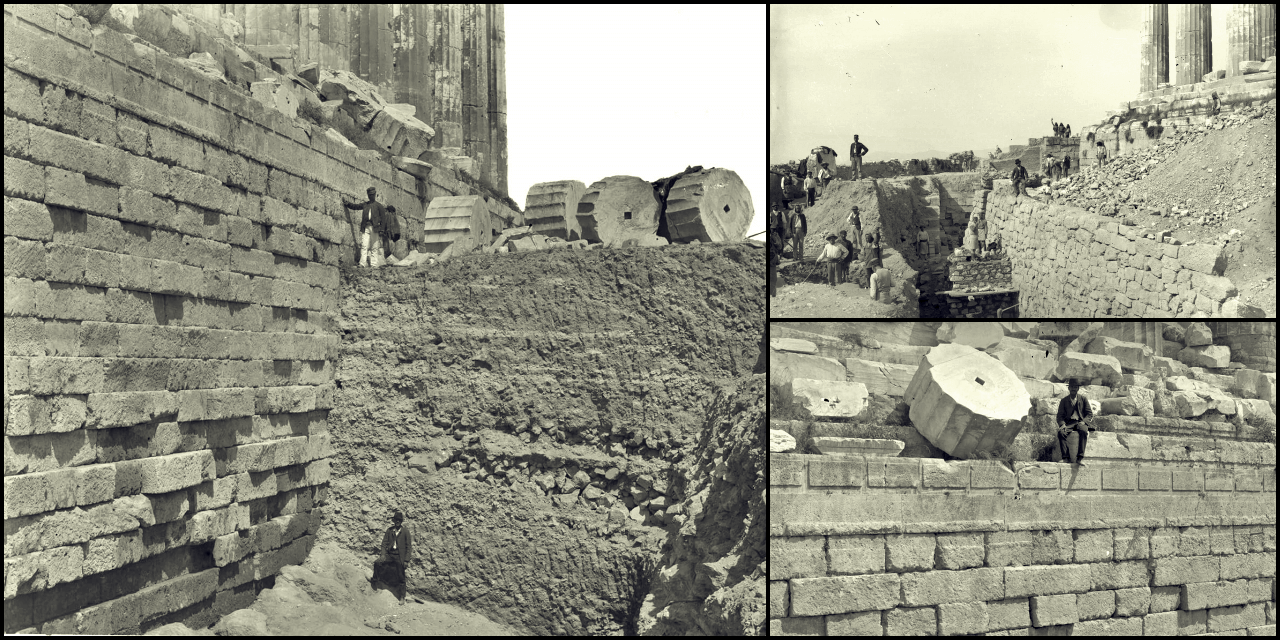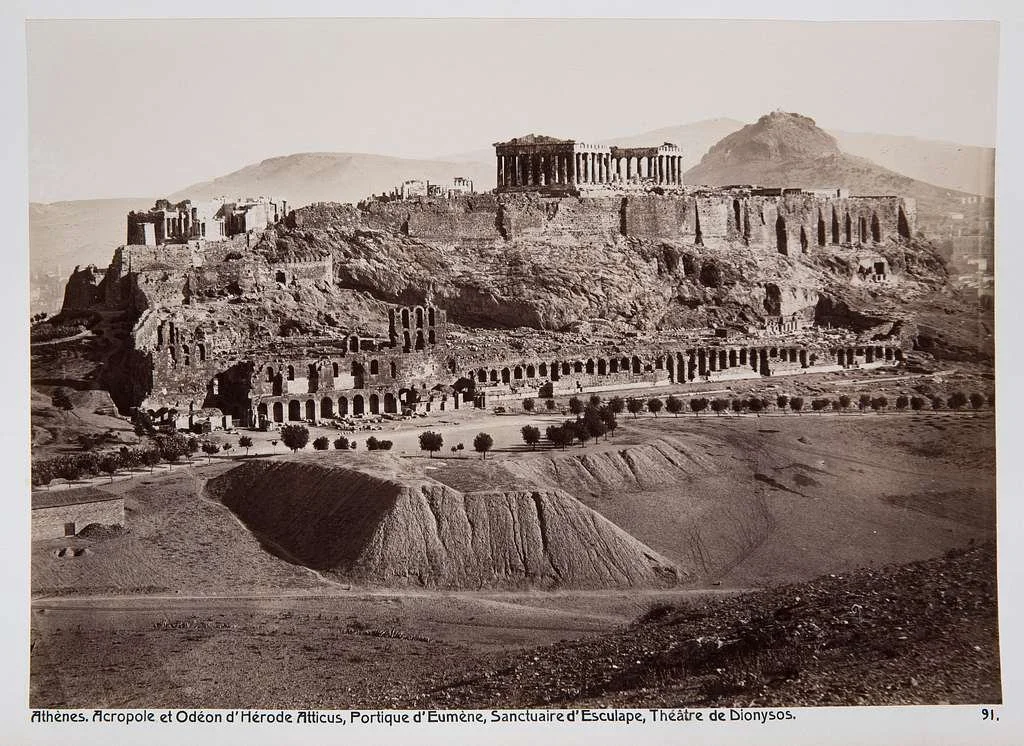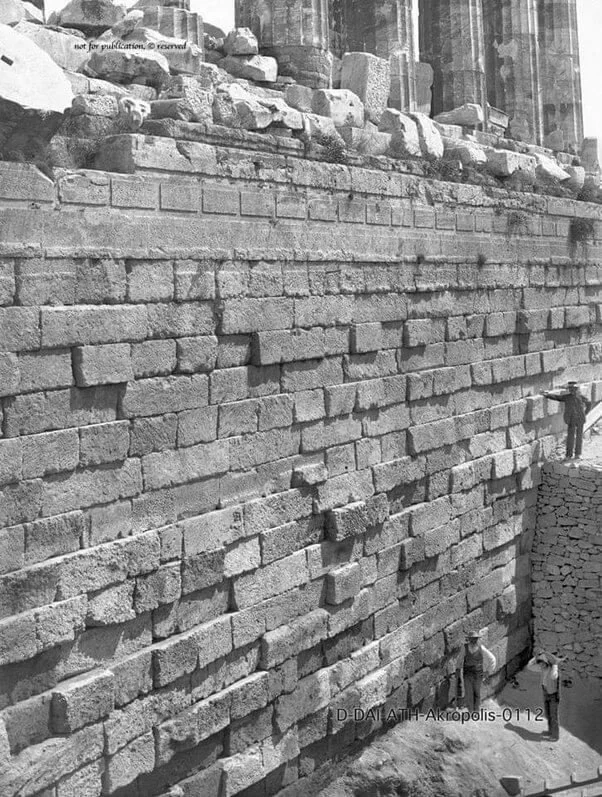The Acropolis of Athens, a monumental symbol of Greek heritage, has stood the test of time and conflict. Its most iconic structure, the Parthenon, has experienced both glory and devastation throughout the centuries. One pivotal period in its history was the excavation that took place between 1885 and 1890, led by archaeologists Panagiotis Kavvadias and Georg Kawerau. This monumental undertaking revealed not only the foundations of the Parthenon but also unearthed significant artifacts that provide invaluable insights into ancient Greek civilization.
The Context of Excavation
In the early 19th century, Greece fought for independence from centuries of Ottoman rule. During the Greek War of Independence in the 1820s, the Acropolis became a battleground. The Turkish army, in a desperate bid for resources, dismantled parts of the Parthenon, removing hundreds of marble blocks and repurposing lead-coated iron clamps to make bullets. This destruction added to the historical layers that the 1885-1890 excavation would later uncover.
The Scale of the Excavation
The Great Excavation of the Acropolis, particularly intense between 1885 and 1890, was a massive endeavor that rivaled even the largest archaeological projects of the time. Thousands of square meters were excavated to varying depths, with the area south of the Parthenon reaching depths of over 15 meters. This extensive digging revealed the natural rock beneath, providing a comprehensive understanding of the site's ancient topography.
The meticulous work carried out during this period stands out not only for its scale but also for the consistency in methodology and the wealth of artifacts uncovered. The excavation uncovered almost all known works of sculpture and architectural fragments from the archaic temples and other early buildings of the Acropolis. This included marble Kores (female statues), inscribed bases, copper and clay items, and numerous classical sculptures.







Discovering the Older Parthenon
Among the most significant discoveries was evidence of an earlier structure, known as the Older Parthenon or Pre-Parthenon. The foundations of the current Parthenon are, in many places, much older than the temple itself. To the east of the Parthenon, a gigantic podium extends about five meters beyond the line of the first marble step, indicating an older construction phase.
Historical records suggest that the Older Parthenon was under construction when the Persian Empire attacked Athens in 480 B.C., leading to the destruction of the Acropolis. However, this theory is still a matter of debate among scholars. The excavation confirmed that much of the fill above the natural rock, known as the "Persian debris," dated back to the aftermath of this destruction, offering a clear stratigraphic record of the site's turbulent history.
Significant Findings and Their Implications
One of the most remarkable discoveries was the "Pit of the Maidens," unearthed in 1886 near the northwest of the Erechtheion, in the presence of King George I and other dignitaries. This pit contained fourteen broken statues of marble Korae, fragments of inscriptions, and other artifacts, including a treasure trove of 62 Athenian silver coins. These finds were linked to the cleanup of the Acropolis following its destruction by the Persians.
The artifacts recovered from the Persian debris provide crucial information about the destruction and subsequent reconstruction of Athens. The finds from the Great Excavation significantly advanced the field of Greek archaeology, offering a detailed glimpse into the architectural and artistic practices of ancient Athens.
Legacy and Historical Impact
The Great Excavation of the Acropolis, documented extensively by the German Archaeological Institute in Athens, remains a cornerstone of archaeological research in Greece. The scale and significance of the work conducted by Kavvadias and Kawerau are evident in the wealth of artifacts and structural insights they uncovered. Their efforts have provided a foundation for understanding the ancient history of Athens and the resilience of its people.
As we reflect on the discoveries made during this pivotal excavation, we are reminded of the enduring legacy of the Parthenon and the Acropolis. These monuments continue to inspire awe and admiration, standing as testaments to the rich cultural heritage and historical depth of Greece. The excavation of 1885–1890 not only brought to light the ancient secrets buried beneath the Acropolis but also reaffirmed the importance of preserving and studying our shared human history.











